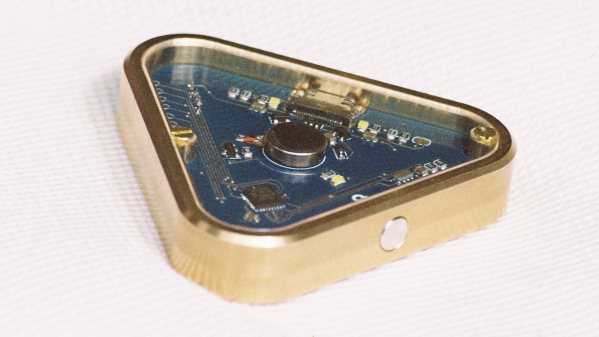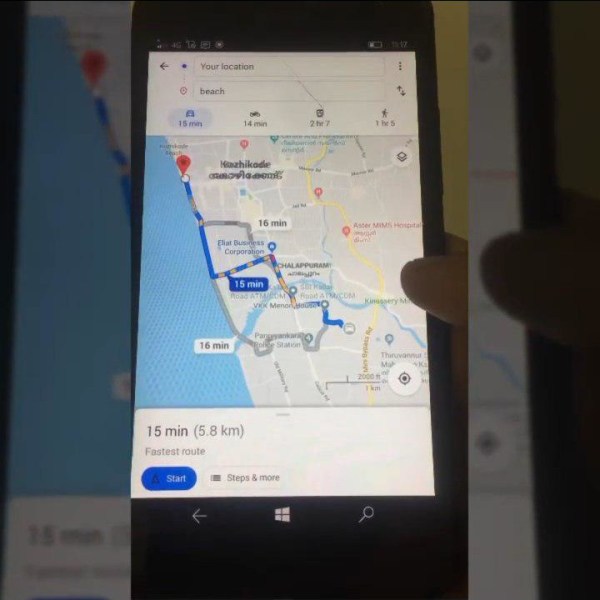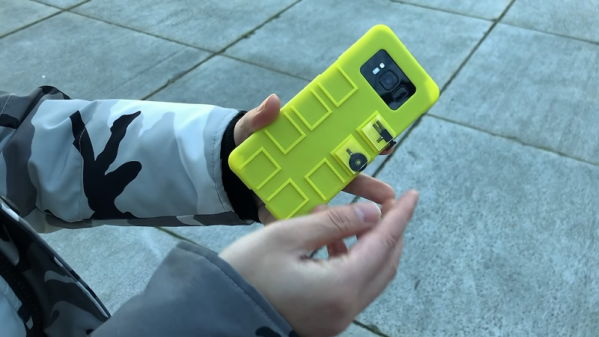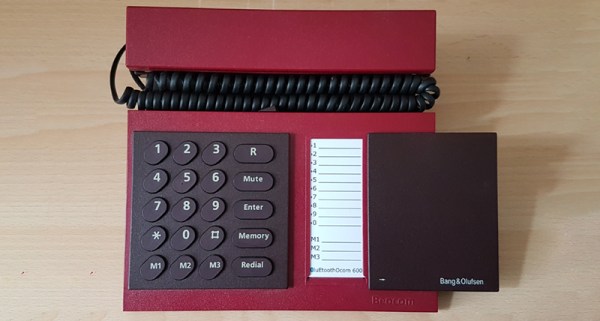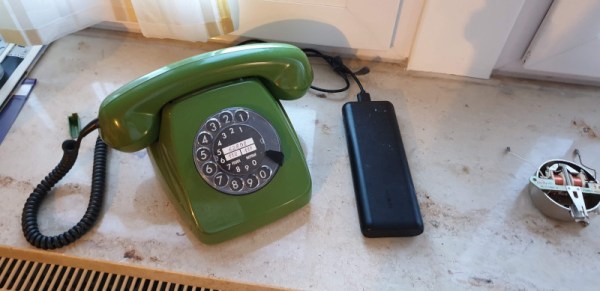When we make a telephone call in 2020 it is most likely to be made using a smartphone over a cellular or IP-based connection rather than a traditional instrument on a pair of copper wires to an exchange. As we move inexorably towards a wireless world in which the telephone line serves only as a vehicle for broadband Internet, it’s easy to forget the last hundred years or more of telephone technology that led up to the present.
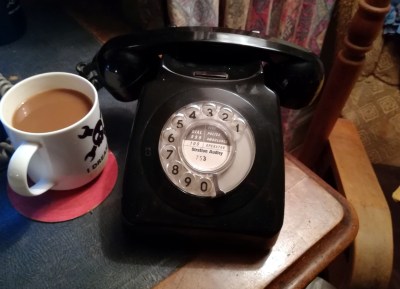
In a manner of speaking though, your telephone wall socket hasn’t forgotten. If you like old phones, you can still have one, and picture yourself in a 1950s movie as you twirl the handset cord round your finger while you speak. Continue reading “A Vintage Phone In 2020”



